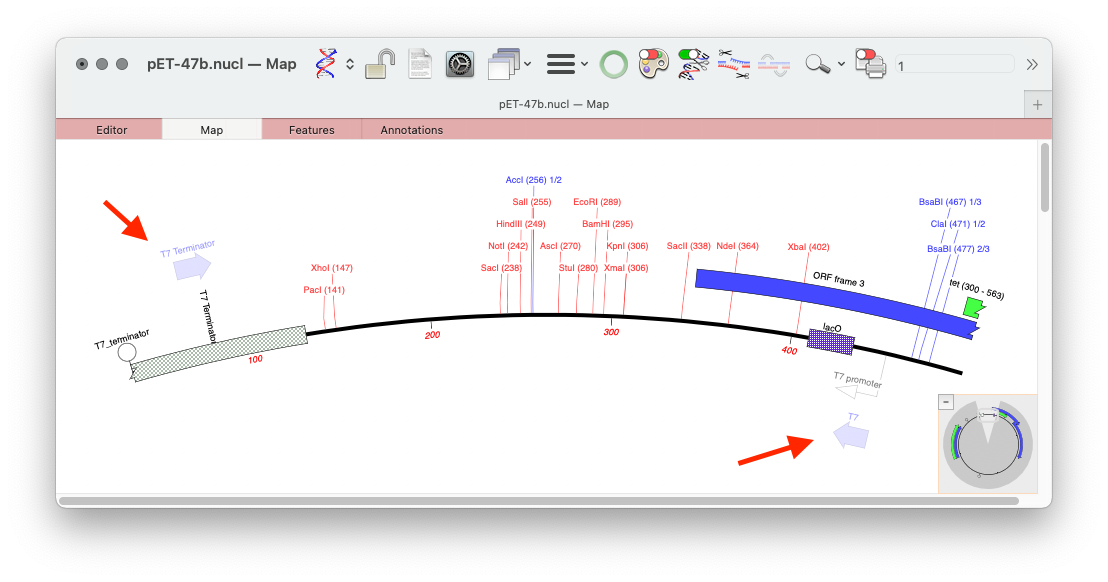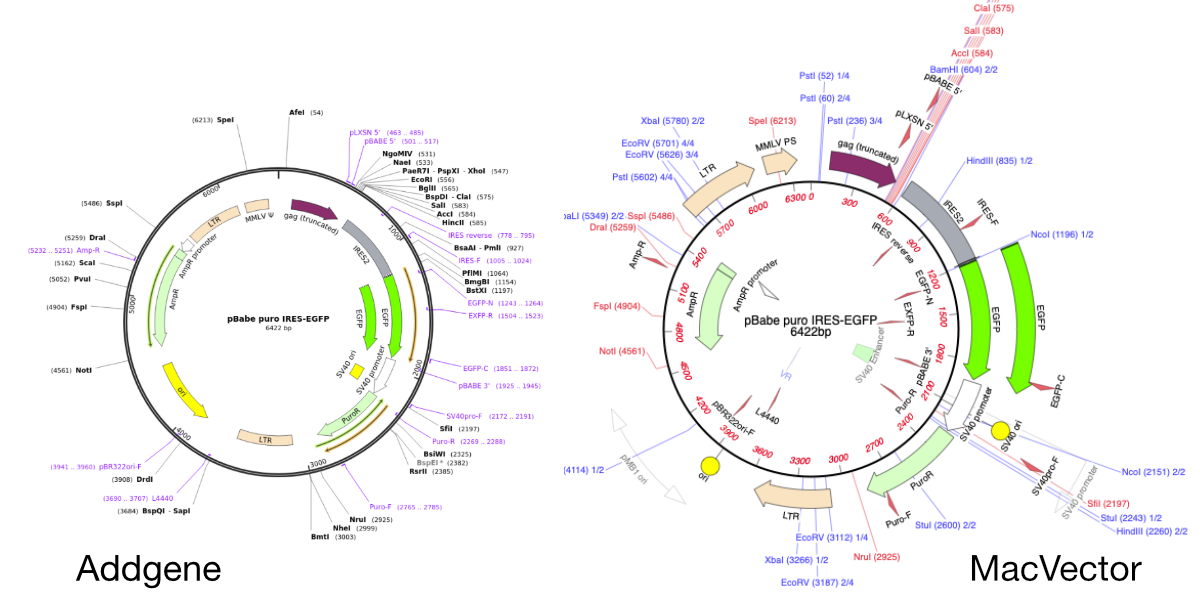Month: October 2021
-
MacVector 18.2 is out! …and ready for macOS Monterey
Overview We are very pleased to announce that MacVector 18.2 is available to download. MacVector 18.2 is a Universal Binary that runs natively on both Apple Silicon and Intel Macs. It is fully supported on macOS Sierra (10.12) to macOS Monterey (12). New features: Align to Reference Enhancements Context Sensitive Hamburger Menus Where a window has…
-
Compare a pair of genomes
In recent years there has been an explosion of whole-genome sequencing projects. One common question coming out of this has been to ask: “Exactly what are the genetic differences between my sequenced organism and another related strain?” MacVector to the rescue! MacVector’s Compare Genomes By Feature… tool lets you see the differences between two annotated…
-

MacVectorTip: Scan For… Missing Primers: Automatically display Primer Binding Site on your sequences
MacVector’s Scan DNA For.. tool allows you to automatically display restriction enzyme recognition sites, putative ORFs, CRISPR PAM sites, missing annotation and also it will display primer binding sites from your own Primer Database in each DNA sequence that you open. Here’s an example of a couple of primers displayed on the pET 47b LIC…
-
MacVectorTip: Using the Align to Reference Shading and Trimming toolbar buttons
MacVector’s Align to Reference Editor and the Contig Editor in Assembly Projects have two useful functions for visualizing assemblies. The Shading button turns on background coloring of the residues in the upper pane, based on quality values (these can be from Sanger reads or from NGS reads). The scale ranges from a dark red for…
-

Importing SnapGene files into MacVector
MacVector will directly import SnapGene DNA files. You just need to use FILE | OPEN or double click the file. This is very useful when downloading plasmid sequences from the wonderful Addgene plasmid repository. Here’s a plasmid sequence downloaded from the Addgene website in Snapgene format. It’s been opened directly in MacVector by double clicking…
